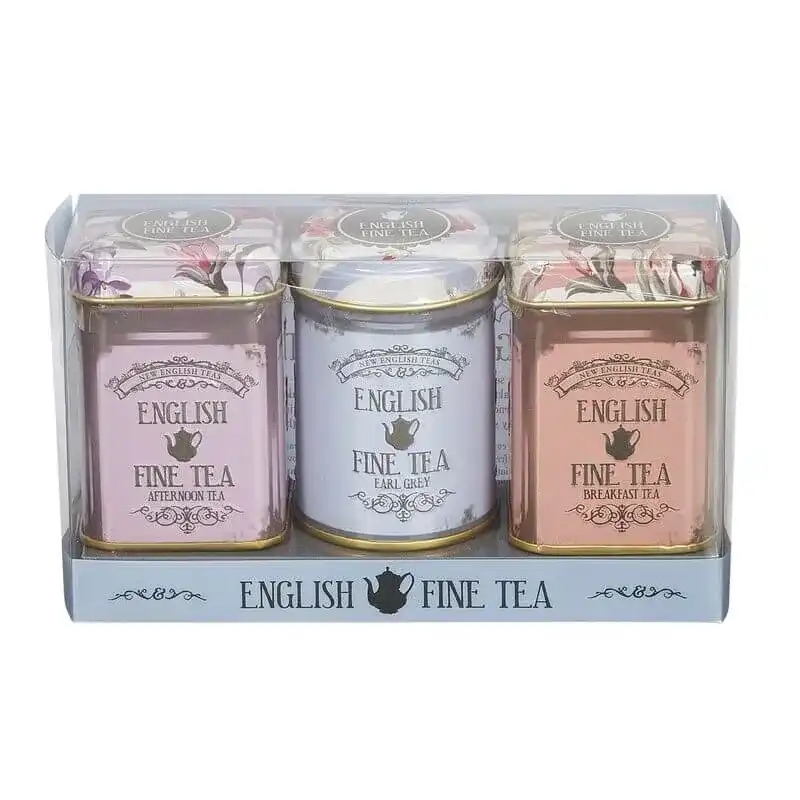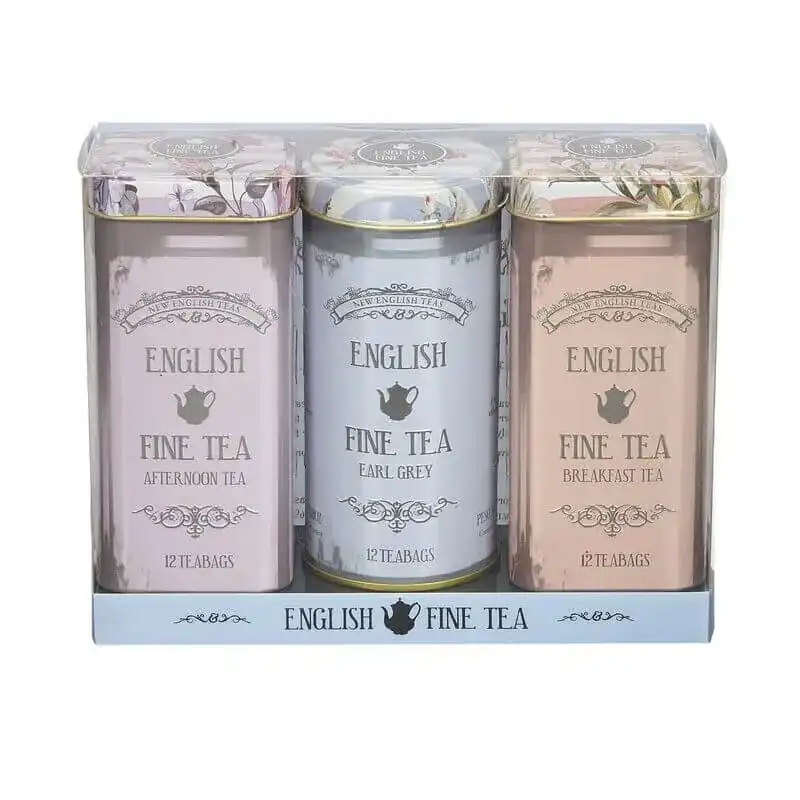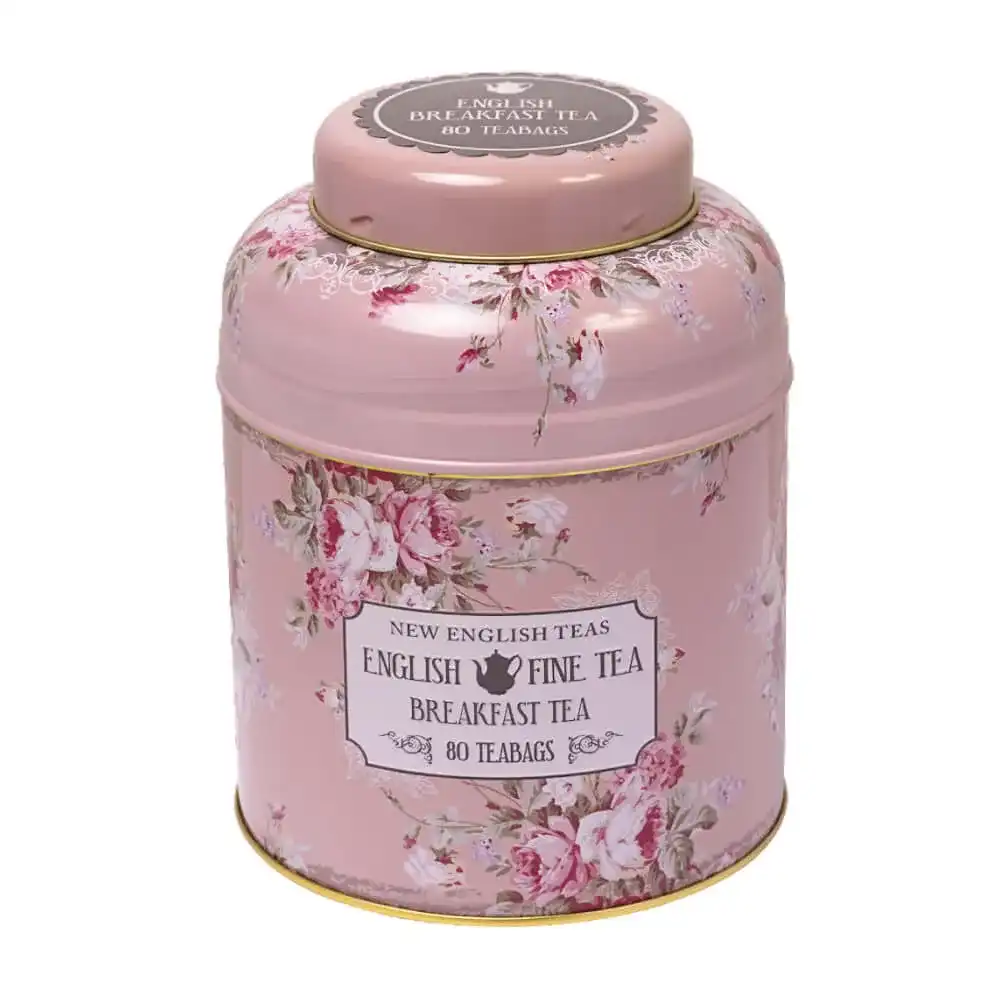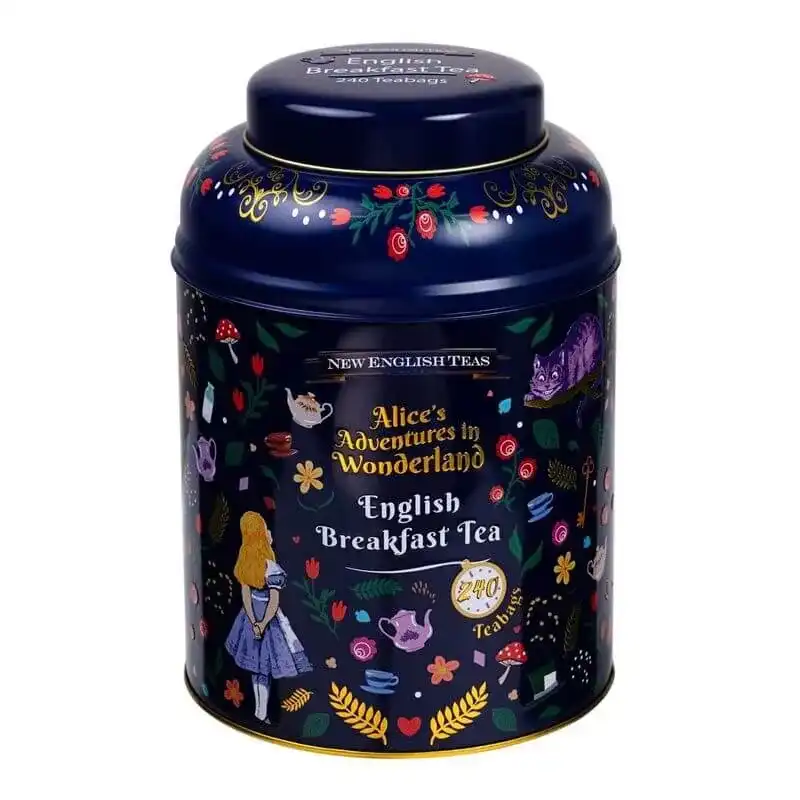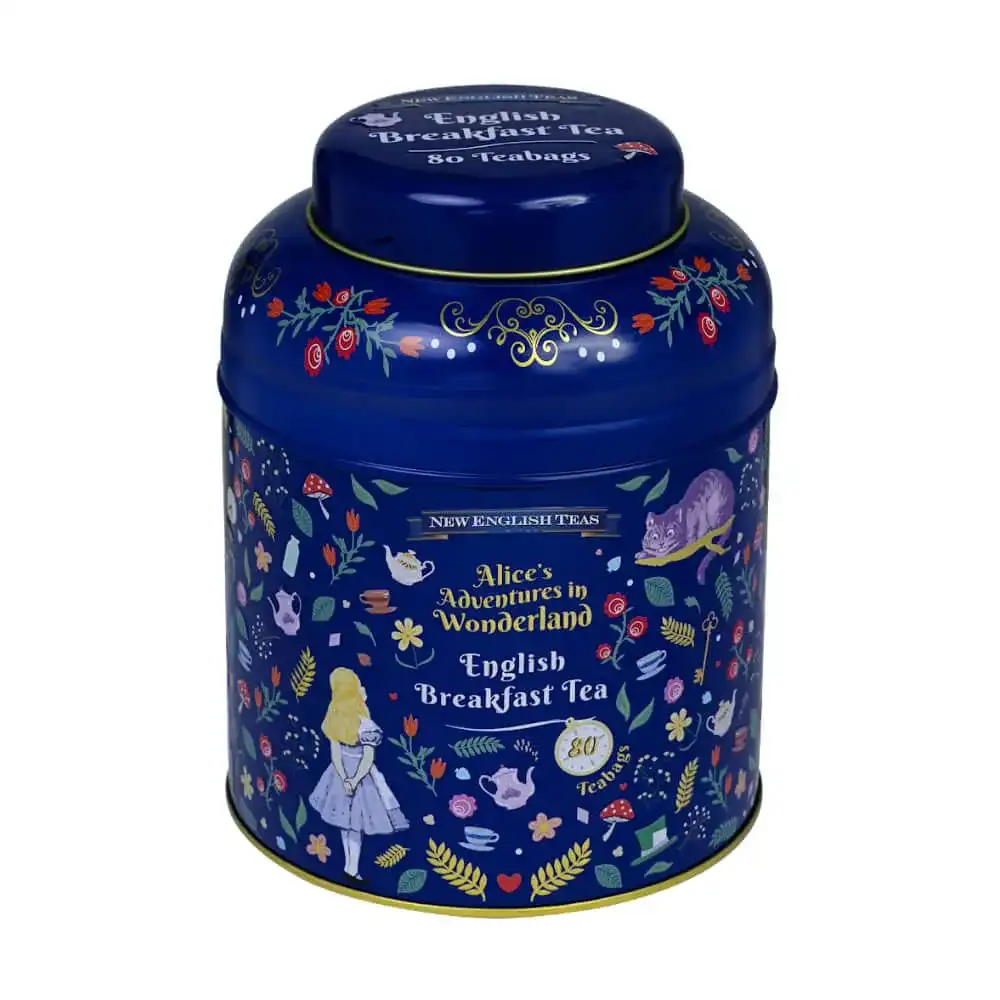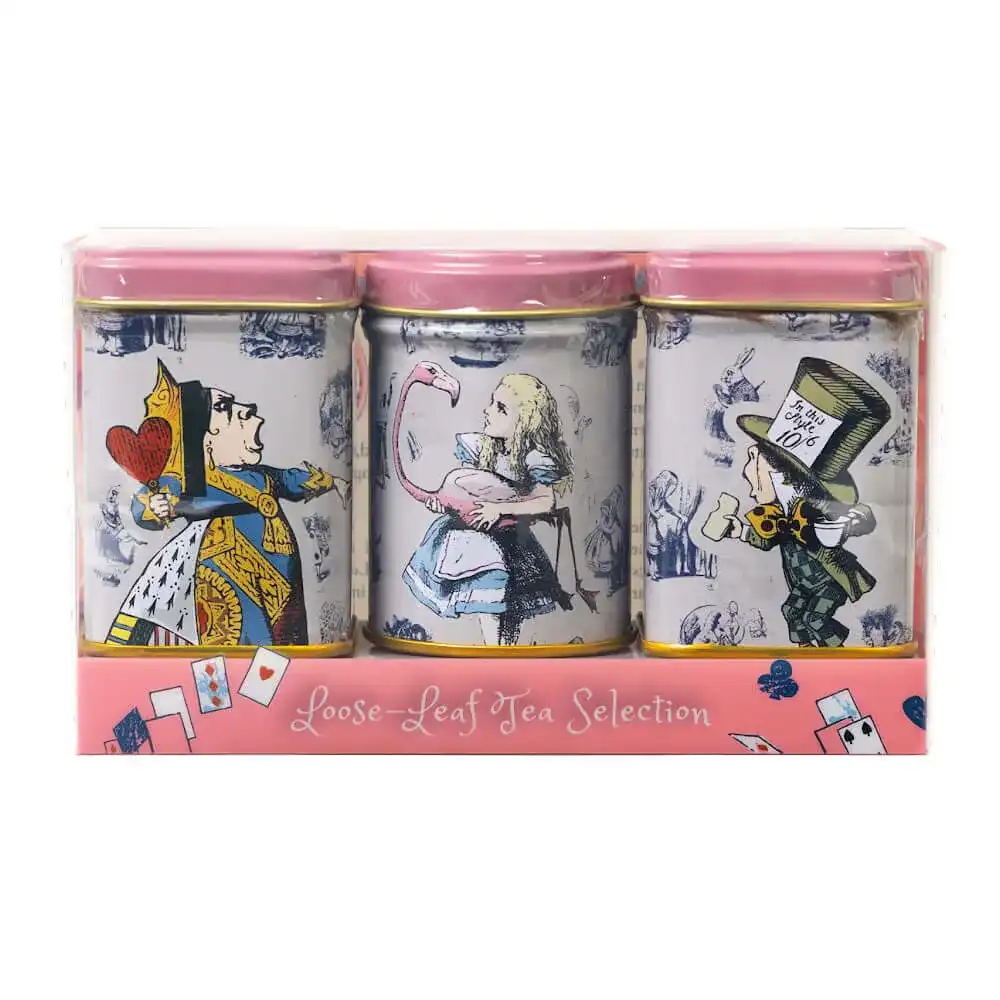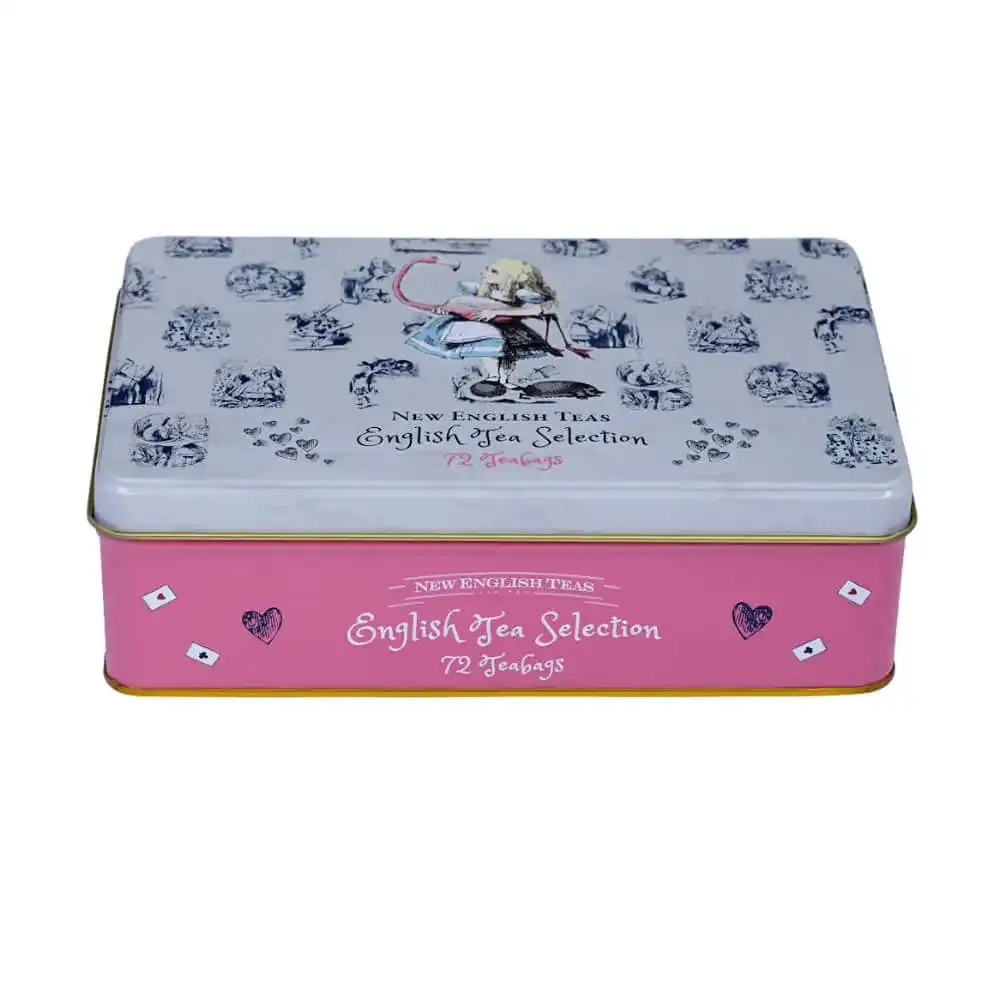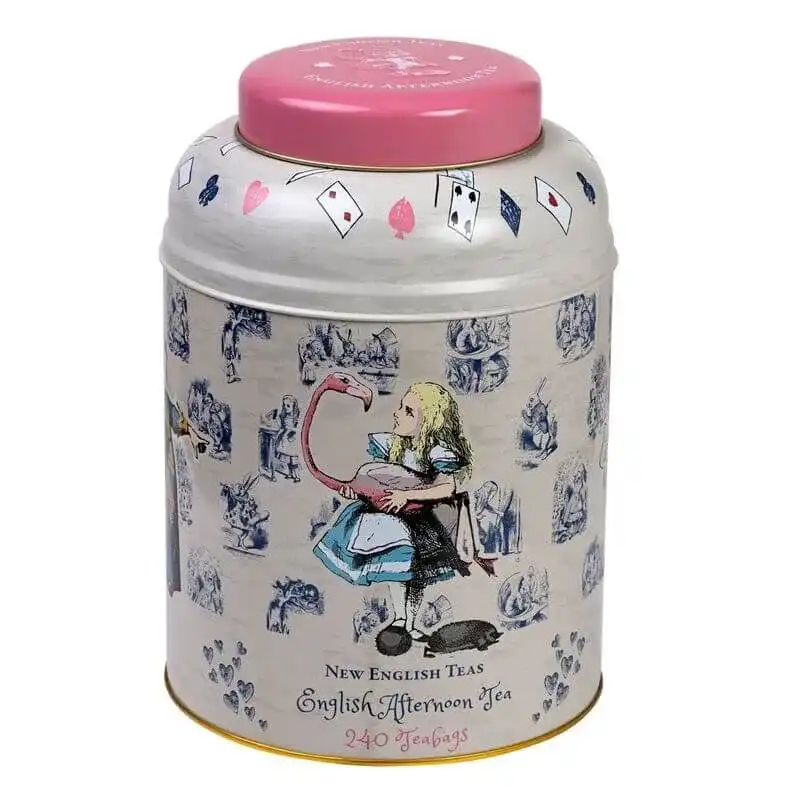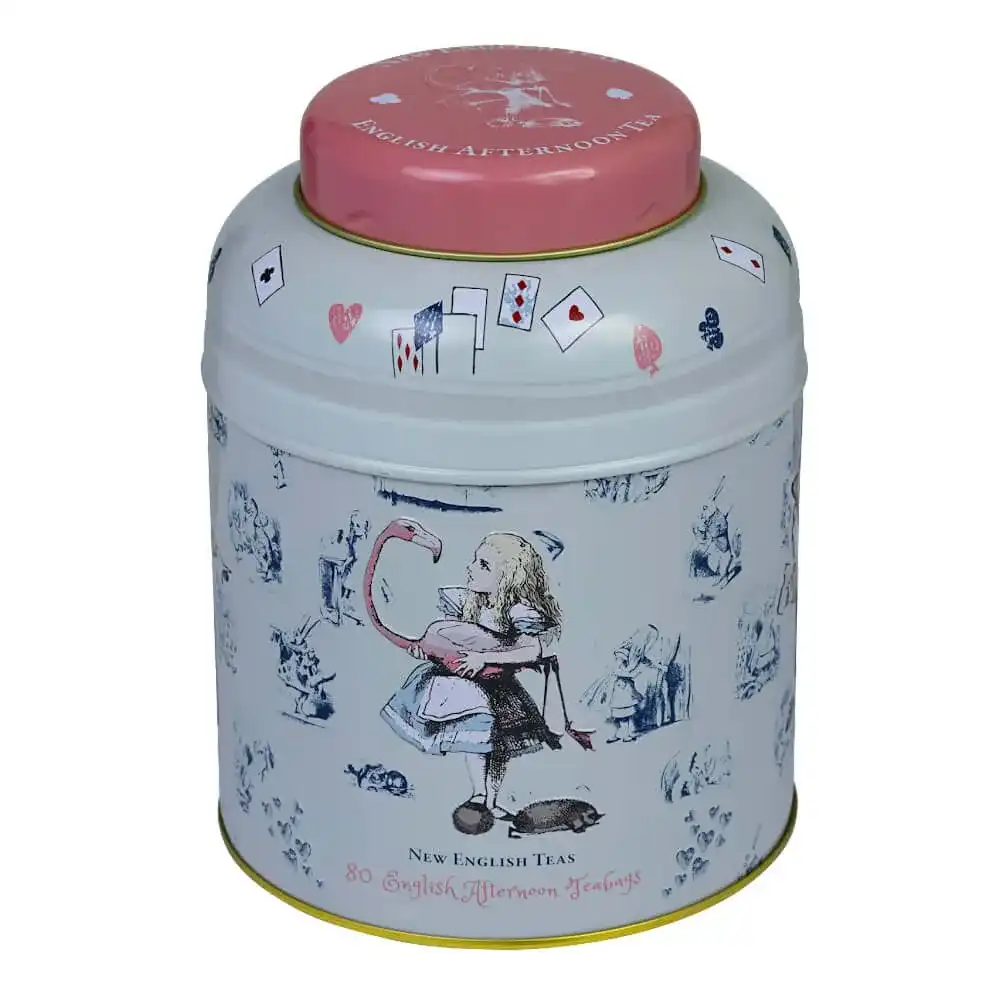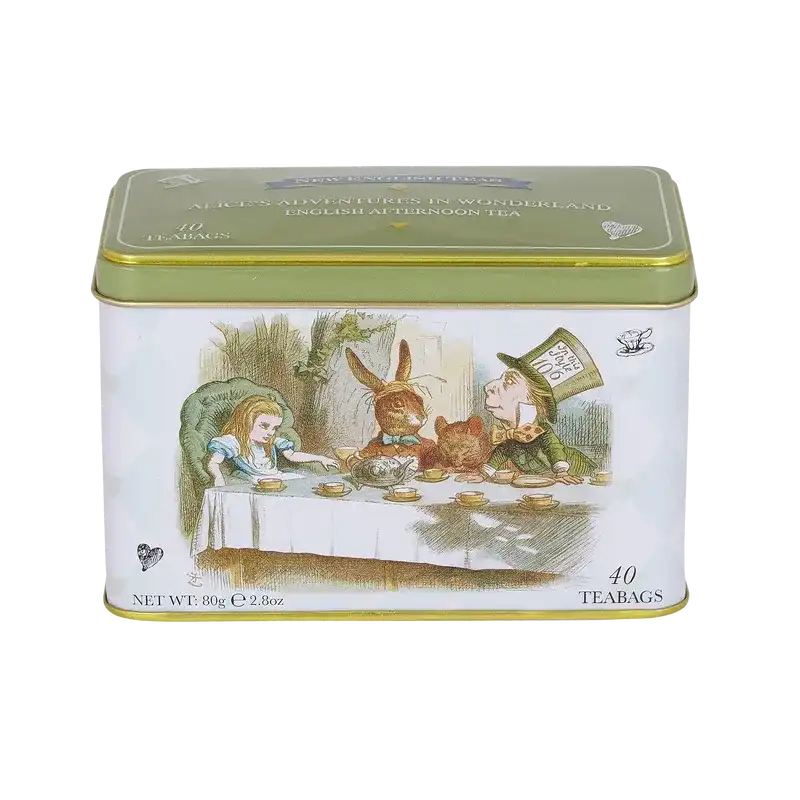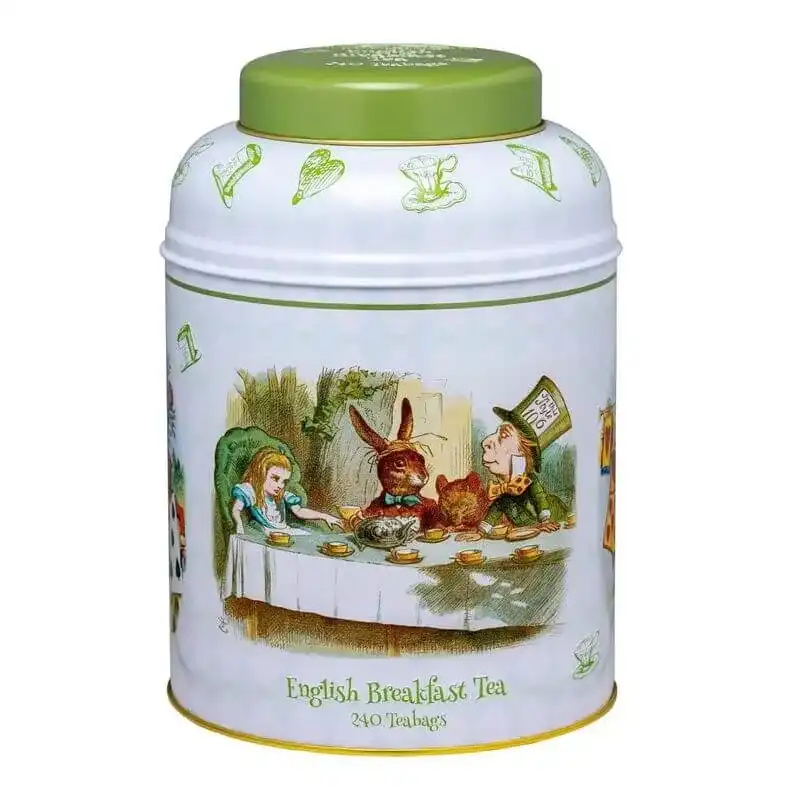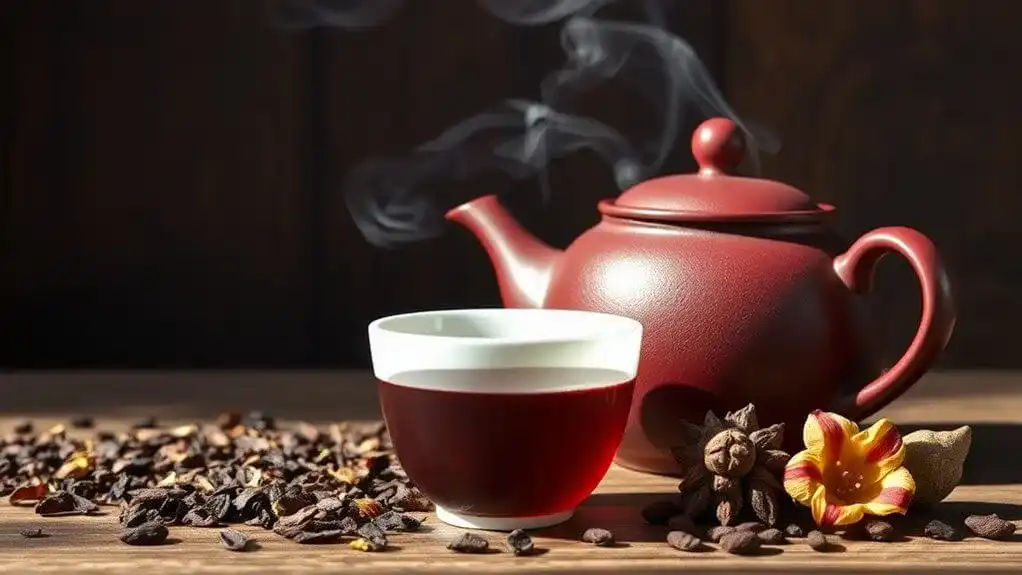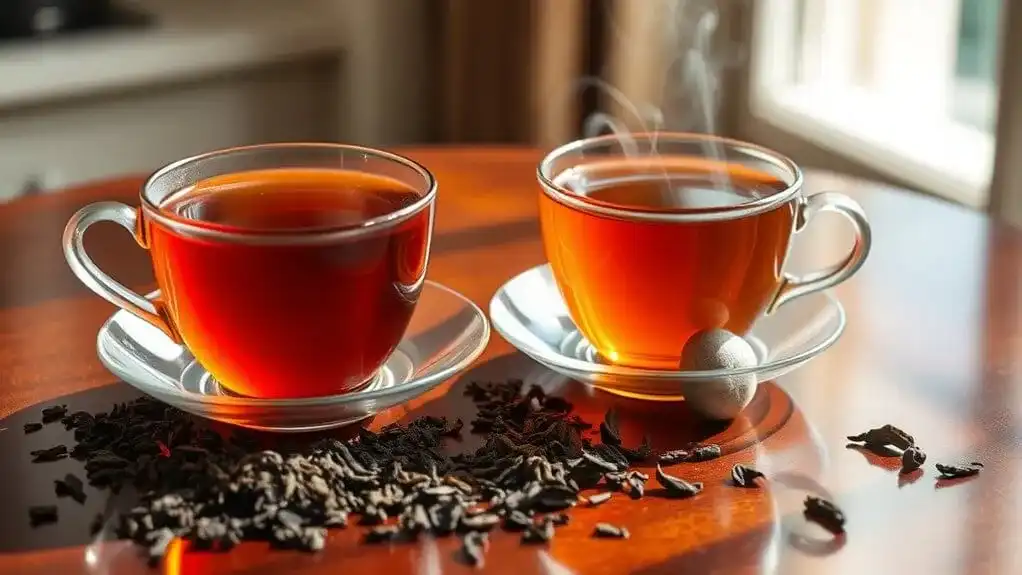First Flush and Second Flush Darjeeling teas offer distinct experiences for tea connoisseurs. First Flush, harvested in spring, produces a light golden liquor with delicate floral notes and mild astringency, best brewed at 80-85°C. Second Flush, picked in summer, yields a deeper amber cup with pronounced muscatel flavors, requiring slightly hotter water at 85-95°C. While First Flush commands premium prices as the "Champagne of Teas," both flushes reveal fascinating nuances through proper brewing techniques.
Key Points
- First Flush yields delicate, floral notes with pale golden color, while Second Flush produces fuller-bodied tea with distinct muscatel flavors.
- First Flush requires cooler brewing temperatures (80-85°C), whereas Second Flush needs hotter water (85-95°C) for optimal extraction.
- Second Flush leaves are more mature and concentrated in nutrients, resulting in deeper amber tones and pronounced flavors.
- First Flush harvesting occurs March-April with minimal oxidation, while Second Flush happens May-June with increased terpene production.
- First Flush commands higher market prices and exclusivity, while Second Flush offers better value with more moderate pricing.
Understanding the Harvest Seasons
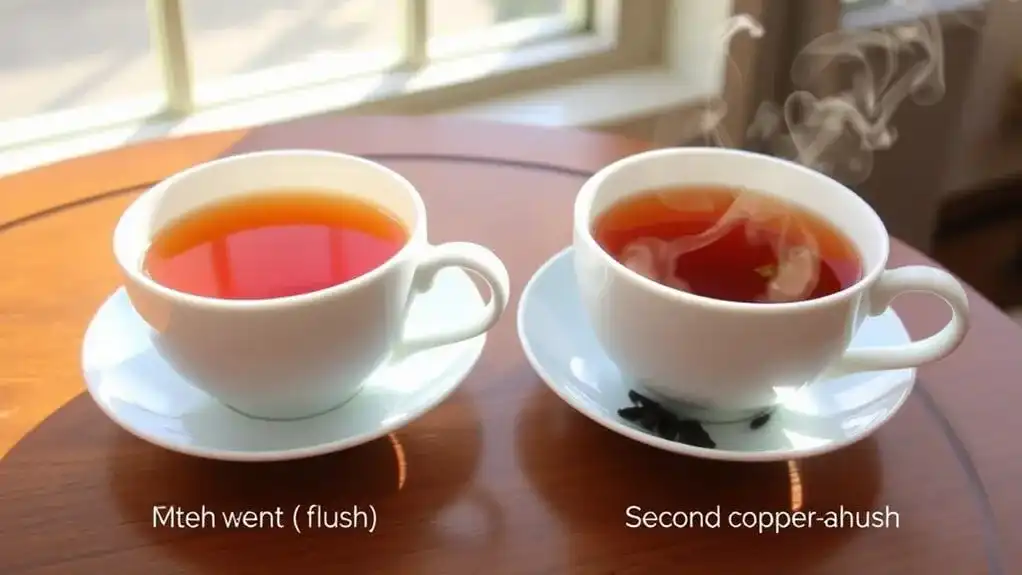
Four distinct harvest periods shape Darjeeling tea production throughout the year, spanning from late March to early November. The process begins with the First Flush in early spring, followed by the Second Flush in summer, the Monsoon Flush during the rainy season, and concludes with the Autumnal Flush. Skilled harvesters carefully select only the most tender leaves to maintain premium quality. The First Flush teas produce crisp, astringent notes that many compare to oolong teas.
Harvest timing plays an essential role in determining tea quality and characteristics. While First Flush occurs in March-April, producing light and vegetal notes, the Second Flush follows in May-June, yielding the prized muscatel flavor. Climate impact greatly influences these harvests, with higher altitudes and cooler temperatures often resulting in later or shorter growing seasons. A winter flush is sometimes possible, extending the production season even further. Weather patterns can shift harvest schedules, affecting everything from leaf development to the final product's taste profile. Each flush offers unique qualities, with variations in antioxidant content and flavor intensity.
Distinctive Flavor Characteristics

The distinct harvest seasons directly shape the unique flavor profiles of Darjeeling teas. First flush offerings present delicate flavor nuances, featuring floral notes, subtle fruity undertones, and a mild astringency. Their pale golden liquor carries a fragrant bouquet reminiscent of spring blooms, with a balanced sweetness characteristic of early harvest. The oxidation under 15 minutes creates the tea's delicate character and lighter notes. Expert tasters recommend brewing at 175 to 185°F to preserve these subtle characteristics.
Second flush teas develop markedly different taste profiles, offering a richer, fuller body with pronounced muscatel flavors. Their deeper golden color accompanies stronger sweet notes and spiced undertones. Tea experts attribute the distinctive muscatel character to increased terpene production that occurs naturally when tea leaves experience minor insect damage. While both flushes boast complex characteristics, their differences are clear: first flush maintains lighter, more floral qualities, while second flush delivers a more robust, fruity experience. These distinctive traits are further influenced by altitude, soil conditions, and traditional processing methods, creating Darjeeling's renowned complexity.
Visual and Aromatic Differences
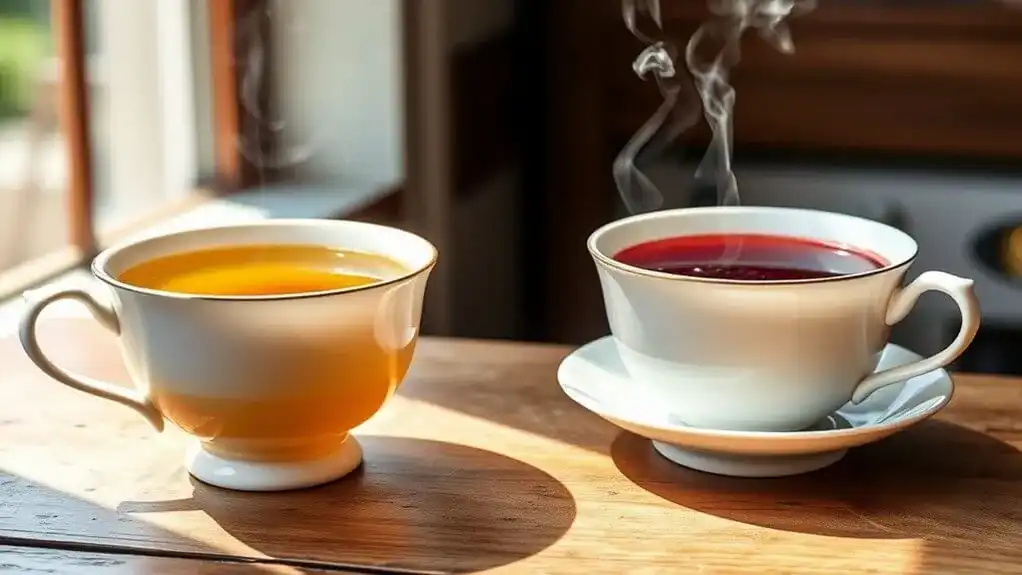
Vibrant contrasts mark the visual and aromatic differences between first and second flush Darjeeling teas. First flush teas display a delicate, pale golden color in both leaves and infusion, while second flush teas exhibit deeper amber tones with a bolder visual appeal. The differences extend beyond appearance, as first flush teas are explosively aromatic with fresh, floral notes similar to lightly oxidized oolongs. A key factor in their distinct characteristics is that first flush teas undergo less than 15 minutes of oxidation during processing.
Second flush teas, though less fragrant overall, develop a distinctive muscat grape note that's become their signature characteristic. These differences stem directly from their harvest times – first flush teas are picked in early spring, yielding greener, fresher leaves, while summer-harvested second flush teas develop more mature leaves and deeper colors. The timing of harvest plays a vital role in shaping both the aroma intensity and visual characteristics of these prized teas. These well-developed summer leaves contain concentrated nutrients that contribute to their pronounced flavors.
Optimal Brewing Methods
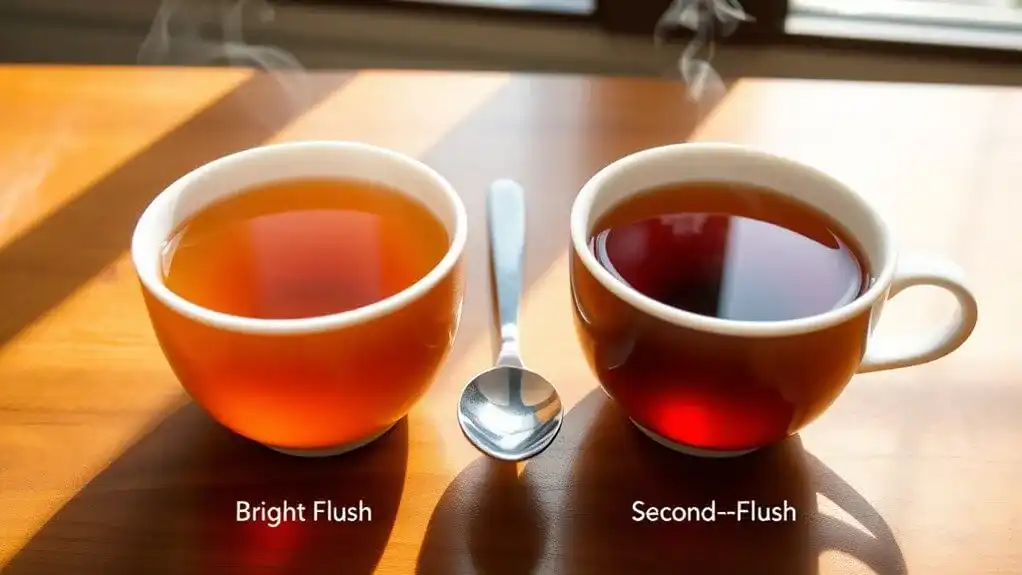
Mastering ideal brewing methods proves essential for revealing the distinct characteristics of first and second flush Darjeeling teas. The key brewing techniques focus on precise temperature control, with first flush requiring cooler water at 80-85°C, while second flush needs slightly hotter water at 85-95°C. Traditional enthusiasts recommend steeping loose leaves rather than using standard infusers for optimal flavor development. Store your Darjeeling tea in airtight containers away from light and moisture to maintain its delicate flavors.
For best results, use one teaspoon of tea per cup, though larger leaf varieties may need a tablespoon. Both flushes benefit from a 3-minute steeping time, and premium varieties can be resteeped for up to 5 minutes. Pre-warming tea ware guarantees even heat distribution during brewing. A quality tea scale measurement of 2.5-3 grams per 8-ounce cup ensures optimal flavor extraction.
Clean, filtered water enhances the tea's flavors, while distilled water should be avoided. For consistent results, use a thermometer to monitor water temperature and avoid microwaving, as it can negatively impact the brewing process.
Seasonal Drinking Recommendations
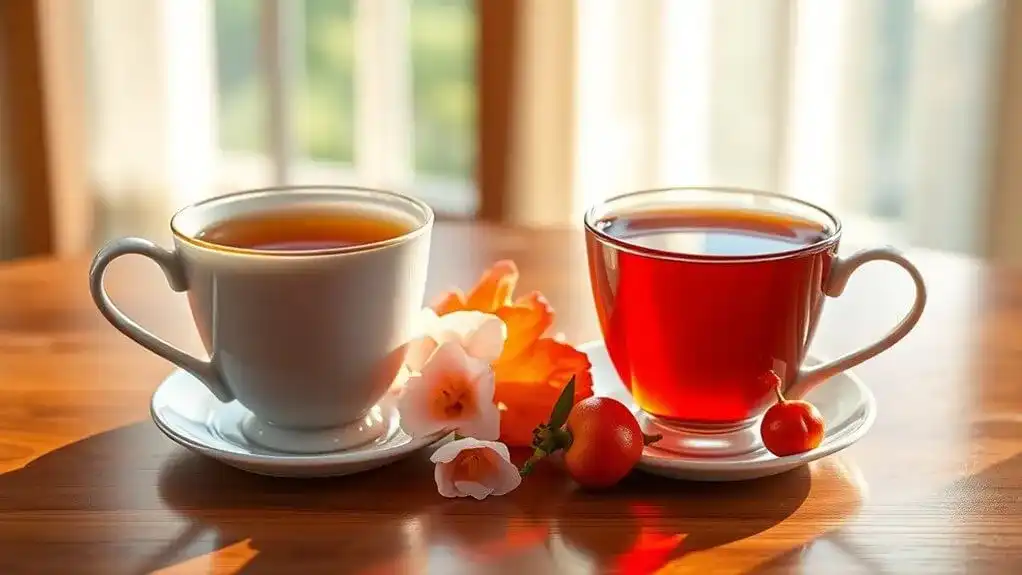
While each flush of Darjeeling tea can be enjoyed year-round, matching specific flushes to seasonal weather enhances their unique characteristics. First Flush's light, crisp profile pairs perfectly with spring mornings, complementing the season's fresh awakening. The robust Second Flush, with its muscatel notes, makes an ideal summer afternoon tea, especially during outdoor tea occasions. The highest elevations reaching up to 8,000 feet contribute significantly to the distinct seasonal characteristics of these teas. Spring teas offer floral brightness that captivates the senses with their fresh character. Traditional hand-picking methods ensure the delicate leaves maintain their seasonal qualities and distinctive flavors.
For autumn gatherings, the Autumnal Flush offers a balanced option with its delicate character and sweet aroma, bridging the gap between summer's heat and winter's chill. Though Monsoon Flush isn't typically featured in seasonal pairings due to its less refined profile, it works well in heartier breakfast blends during colder months. Professional tasters often recommend saving the premium Second Flush for special occasions, while enjoying First Flush as a daily spring and summer refreshment.
Price Points and Market Value
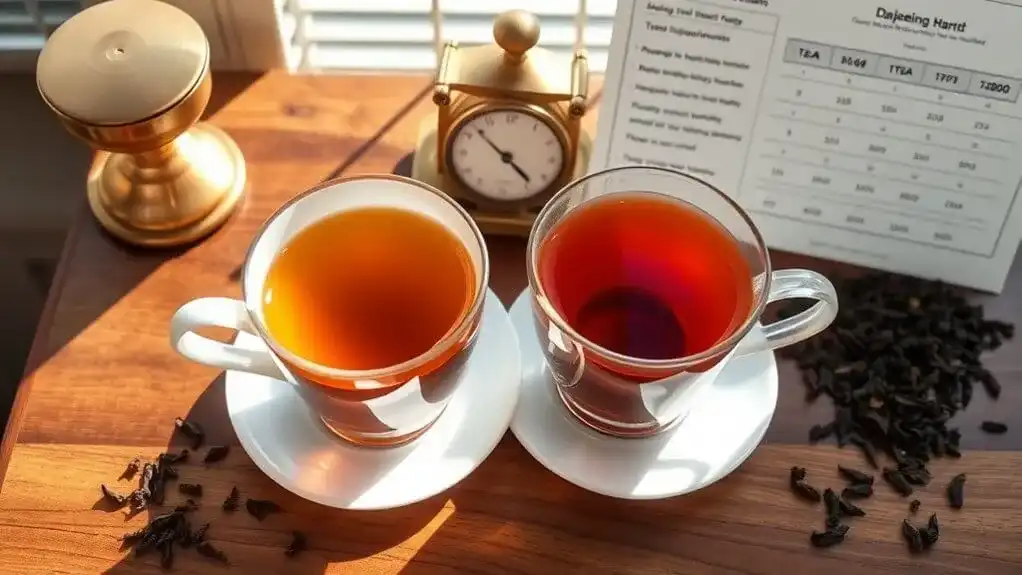
The economic landscape of Darjeeling tea reveals a stark price difference between First and Second Flush varieties. First Flush commands premium prices, with recent records reaching Rs 23,000 per kg in 2022, earning its reputation as the "Champagne of Teas." Second Flush, while still prestigious, typically sells at more moderate price points, with quality options like our Daily Darjeeling Second Flush offering 170 cups per tin. Our premium Second Flush is available at $7.50 per ounce for tea enthusiasts seeking exceptional value.
Current price trends reflect growing consumer preferences for specialty and artisanal teas, driving the market's expansion from USD 2.45 Billion in 2023 to an expected USD 3.69 Billion by 2030. This growth stems from various factors, including increasing health consciousness and demand for sustainable farming practices. The limited production volume of Darjeeling teas, particularly First Flush, combined with labor-intensive cultivation methods and specific climatic requirements, continues to justify their premium positioning in the global tea market.
Estate Selection Guide
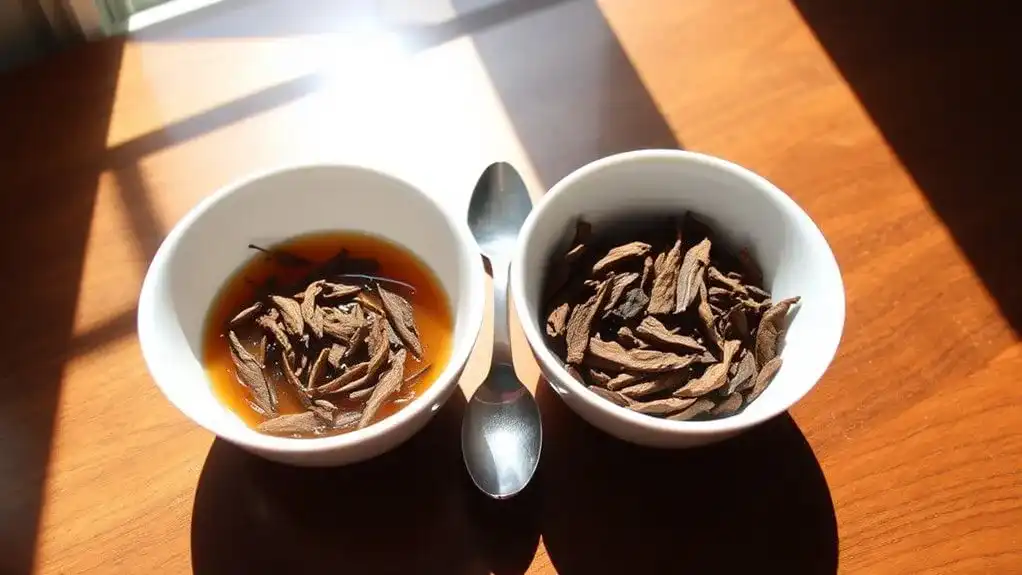
Selecting an ideal Darjeeling tea estate requires careful consideration of factors beyond just tea quality. Historic estates like Happy Valley and Makaibari, established in the 1850s, offer distinct estate experiences through their unique production methods and tea varieties. While Happy Valley provides guided tours and tasting rooms, Makaibari stands out for its organic farming practices. The breathtaking view of Kanchenjunga range adds to the charm of these estates. These estates cultivate tea bushes that require six to nine years to reach full maturity before yielding premium leaves.
Tea tourism has evolved considerably, with estates now offering diverse accommodation options. Visitors can choose between traditional homestays for an authentic cultural immersion or luxury planters' bungalows at estates like Glenburn. Each estate specializes in different harvest periods, with some focusing on premium first flush teas while others excel in second flush or autumnal varieties. The Goomtee Estate's Muscatel Valley division produces exceptional first flush teas from its higher elevation organic area. Estates like Singtom enhance the experience through structured tasting sessions, allowing visitors to appreciate the subtle differences between flushes.
Conclusion
First flush and second flush Darjeelings both offer exceptional qualities that captivate tea connoisseurs worldwide. While first flush delivers bright, floral notes perfect for spring sipping, second flush brings muscatel richness ideal for year-round enjoyment. Whether you're seeking the delicate complexity of early harvest or the full-bodied warmth of summer pickings, understanding these distinctive characteristics helps tea lovers choose the perfect Darjeeling for their palate and occasion.


